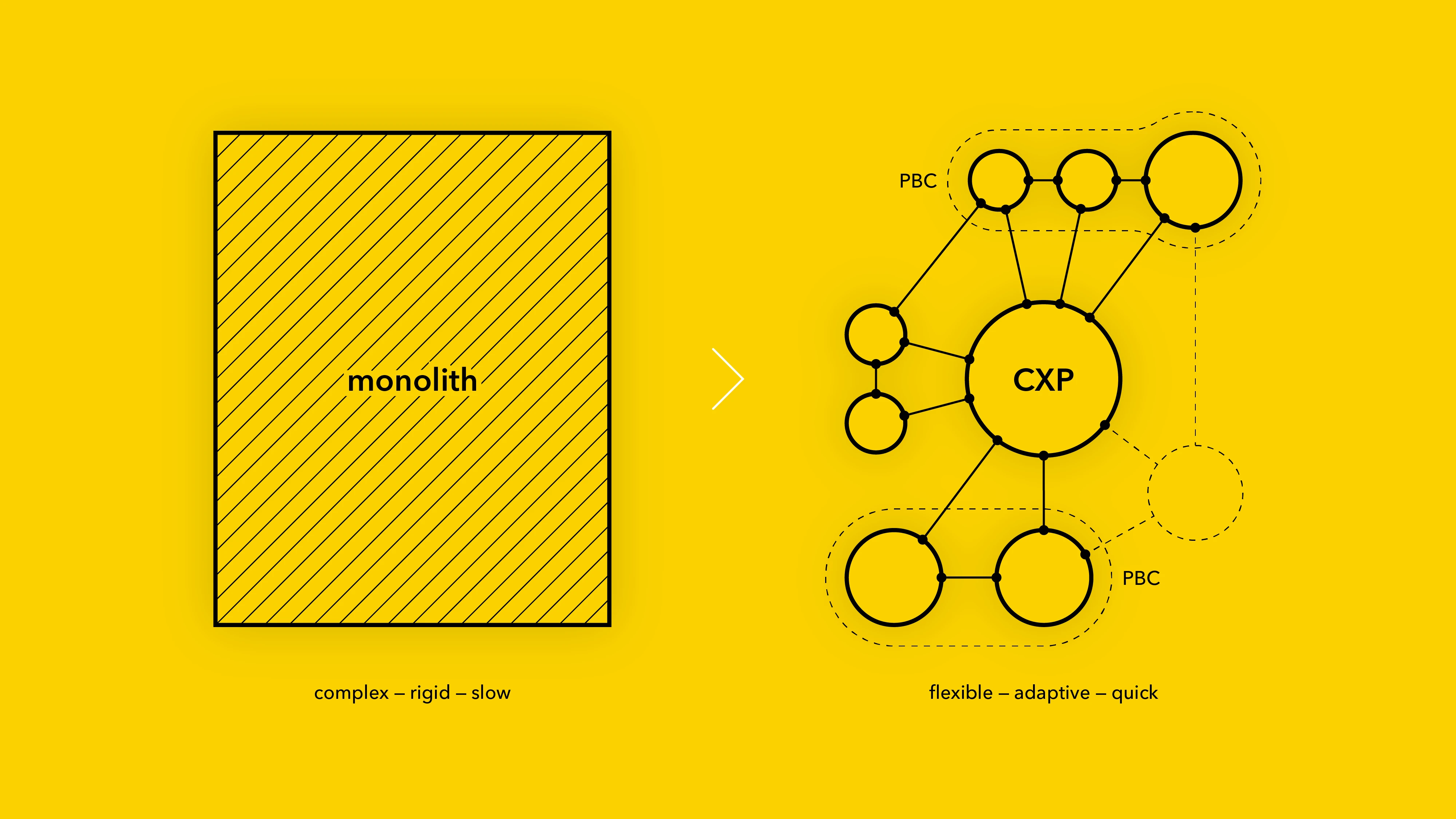
8 Triggers to Move Database Infrastructure to Public Cloud
Databases might not be the first technology that comes to mind when considering cloud transformation. Yet, as key on-premise solutions reach end-of-service and businesses move towards more modern tools, ensuring cloud-ready data becomes a priority.
In this article, I’ll walk through key triggers that can put database migration on the roadmap, and in part two of this series, I’ll look at how database modernisation can be used to gain momentum for wider business transformation.
8 Triggers for Database Cloud Migration
1. Databases Reach End-of-Life
The end of support (EOS) for Microsoft SQL Server 2012 in July has brought database management into focus for many organisations. While an on-premise upgrade path is available, Microsoft is strongly encouraging the move to Azure. Upgrading to a cloud-native version of SQL is recommended, but Microsoft also offers 3 free years of Extended Security Updates to move existing SQL Servers as-is to Azure Virtual Machines.
While doing a lift-and-shift might buy companies a bit more time, it doesn’t allow access to the full benefits of the cloud. Assessing the needs of a database migration early, before the risks of end-of-life software light a fire underneath you, ensures there is time to align the move with a wider cloud strategy.
Now is the time to start creating the roadmap for other database versions reaching EOS in the next two years, including:
MongoDB 4.0 (April 2022)
PostgreSQL 10 & 11 (Nov 2022 & Nov 2023)
MySQL 5.7 (Oct 2023)
Oracle Database 19c (April 2024)
2. Other Technologies Reach End-of-Life
As enterprise technology giants mature their cloud offerings, a wave of core legacy solutions is being phased out. SAP is steering users away from on-premise SAP Commerce (aka SAP Hybris) and toward the public cloud version of Commerce Cloud. Microsoft has shifted its focus to the cross-platform, microservices-friendly .NET 5 (aka .NET Core) and is no longer releasing new features to the original .NET Framework – with 3 minor versions of .NET Framework reaching EOL in 2022.
These big shifts in the technology market are leading to large cloud transformation projects for many companies, and it often makes sense to assess supporting data models and migrate databases simultaneously.
Also notable is the end-of-support of PHP 7 this November, a version that is currently being used by over 70% of PHP websites. Moving to the next major version can be a good time to assess and update the connected databases.
3. High Cost of On-Premise
Even if the technology isn’t end-of-life, many companies feel their on-premise solution has reached “end-of-value”. The expense of the license, physical infrastructure, and maintenance of legacy databases quickly add up, and cost reduction is a major driver of cloud adoption.
The end of expensive contracts with on-premise vendors or old-school data centres is a common time to kick off a cloud migration. For example, when Nikon Europe BV reached the end of their Oracle database licenses, they worked with mindcurv to create a cloud migration and cost monitoring strategy that saved 35% of associated database costs.
4. Security
Partnering with a cloud provider allows companies to share the responsibility of enterprise security and access a wide range of capabilities designed by top security experts.
Choosing a Software-as-a-Service (SaaS) deployment model for the database provides the additional benefit of rolling security updates and patches. Removing the risks that come from falling behind on manual upgrades.
Of interest to European companies, in particular, Microsoft’s EU Data Boundary pledges to make it possible to process and store all cloud data in EU data centres by the end of 2022. An important data security measure, especially regarding GDPR.
5. Cost-Effective Resource Scaling
The ability to scale capacity as needed is a core benefit of the cloud and all cloud providers offer ways to monitor and allocate resources dynamically.
For Microsoft SQL users moving to Azure, this includes the option to quickly move between database service tiers with little downtime so resources can be added on the fly. As well as using elastic pools to share a set amount of resources, at a set cost, between multiple databases with low average usage with occasional spikes.
6. Remote Work
Remote and hybrid work is here to stay, and as workers go virtual so do the databases they need to access.
A 2022 survey of 1600 IT professionals found that remote work is a major factor in network investment plans. A quarter of respondents had closed 25-50% of their physical sites, and 51% said they plan to eliminate all legacy data centres and move to the public cloud in the next 24 months.
7. Mergers & Acquisitions
Global Mergers and acquisitions reached an all-time high in 2021, with M&A volume topping $5 trillion. Data integration is key to bringing two companies together, and fragmented, on-premise databases can slow down efforts and drive up costs.
Moving databases into the cloud can help streamline data integration and allow global teams to access the necessary data without wasting time bouncing between multiple virtual private networks (VPNs) or Remote Desktop Protocols (RDPs).
8. Modernization
Companies are using the cloud's flexibility to explore new ways of working. Expanding into new digital business models, introducing web-based services to customers, and experimenting with a more composable, MACH approach (microservices, API-first, cloud-native, headless) to enterprise architecture.
Instead of migrating the data needed to power these initiatives, database applications can be modernised with cloud best practices. Aligning databases with the computing approaches, frameworks, and cloud-native technologies driving business transformation.
All-in-all, database migration will be on the roadmap for many companies in the next few years. With the right strategy, this move can be used to show the business benefits of the cloud and gain momentum for wider organisational change. In part two of this series, I’ll look at key ways to leverage database migration to accelerate modernisation.
If you’re considering a cloud migration project, get in touch for a free migration assessment workshop and see what a move to the public cloud would look like for your business.

